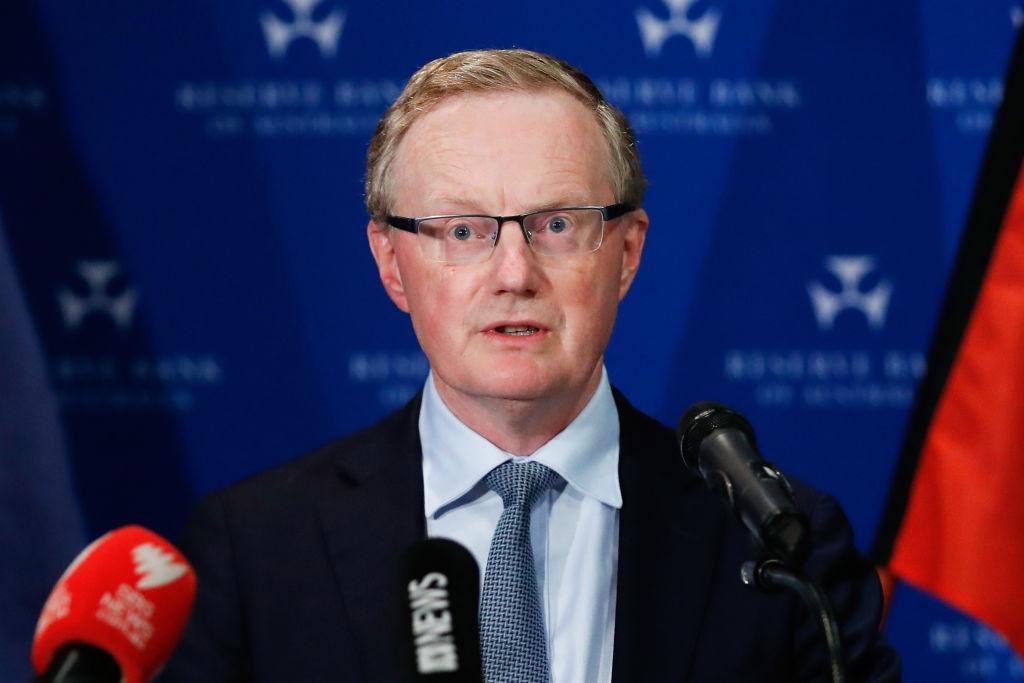Wages growth needs to be sustainably above three percent before the Reserve Bank of Australia (RBA) considers raising official interest rates, says RBA governor Philip Lowe.
In his speech to The Australian Financial Review’s (AFR) business summit, the governor disagreed with market expectation for a cash rate increase late next year and then again in 2023.





